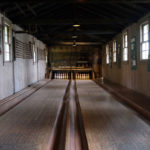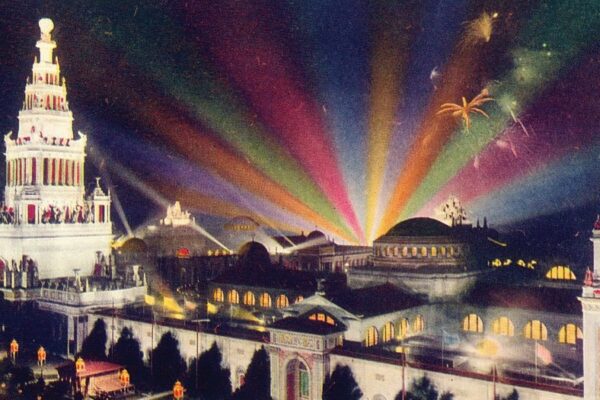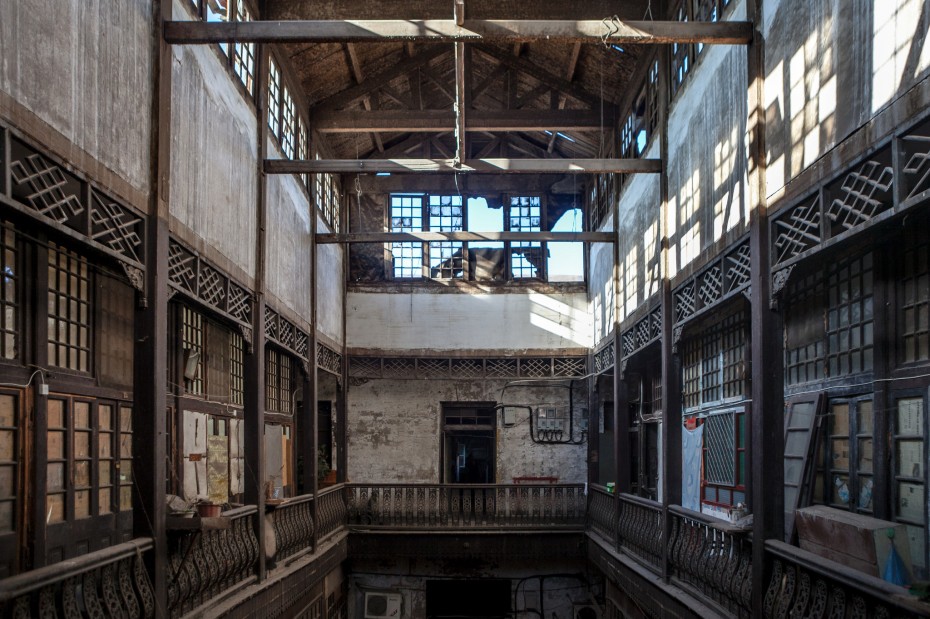
Tucked away in an inconspicuous alley of one of the last functioning old-town neighborhoods in Beijing, hiding in the shadows of the historic city gate that once guarded the direct entry into the imperial city, lies the dusty forgotten shell of the first Beijing Stock Exchange. For a country that has one of the world’s largest stock markets, I couldn’t quite believe what I was reading in the caption of the photograph I had stumbled upon.
Captured this September by Beijing based photographer, Jens Schott Knudsen, the caption reads: The former Beijing Stock Exchange (中原证券交易所) at 6.30am on a Sunday. Opened in 1918 and tucked away in an alley behind Qianmen, this was Beijing’s first stock exchange.
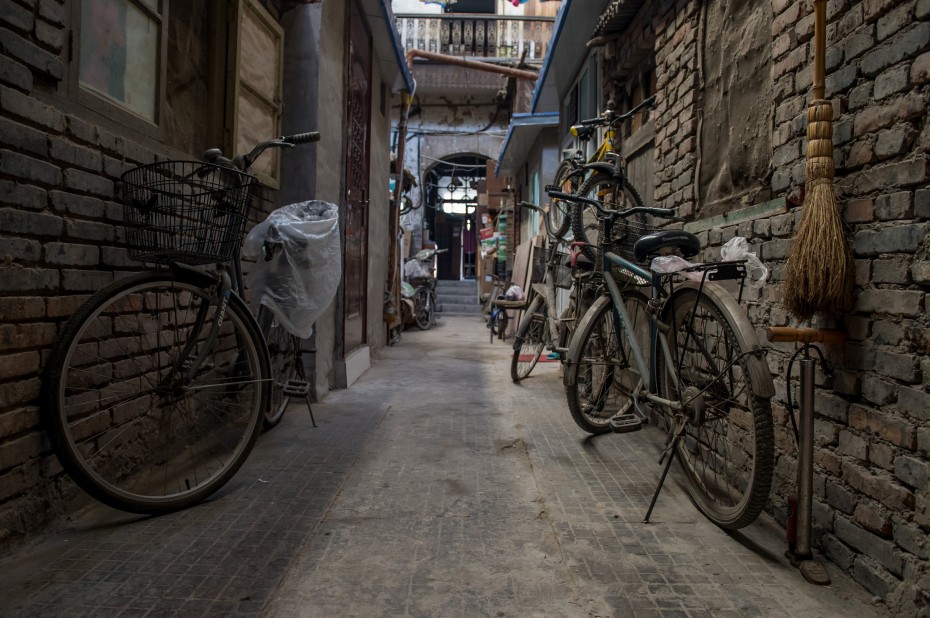
This is the one of very few pieces of documented information I found on the internet about the old Beijing Stock Exchange, written in the english language. On Google books, I pulled up some text from an economic study of the Chinese Stock Market which gave some basic history matching the date in Jens Schott’s photo caption.
“Before 1918, all stock training guilds were owned and managed by Western and/or Japanese companies … established on June 5th, 1918, after a hard struggle, it represented a milestone in the modern development of Chinese security markets. With a total listing value of 1 million Chinese yen, [it] had 60 members.”
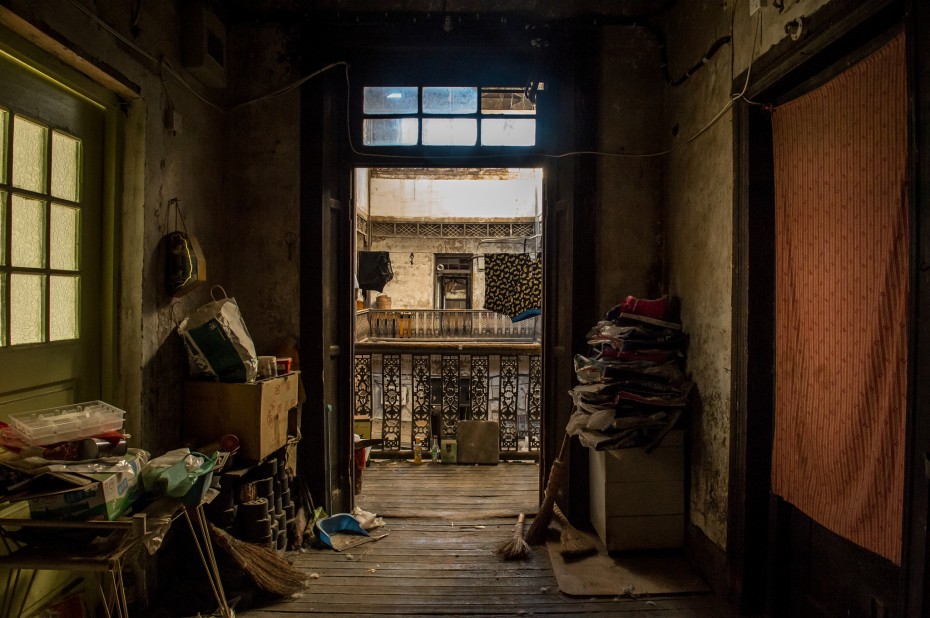
After the establishment of the People’s Republic of China in 1949 however, the stock exchange was closed as they were regarded as a capitalist phenomeon inconsistent with the communist ideology of the new government. At that time, the stock market disappeared in China for about 30 years, hence the demise of this two-story traditional wood and brick building that once housed it.
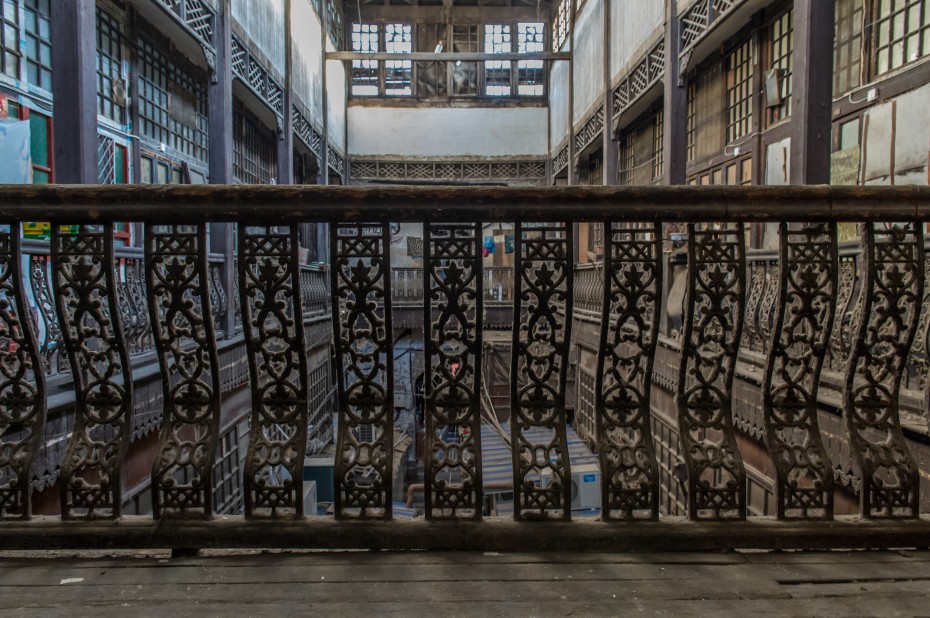
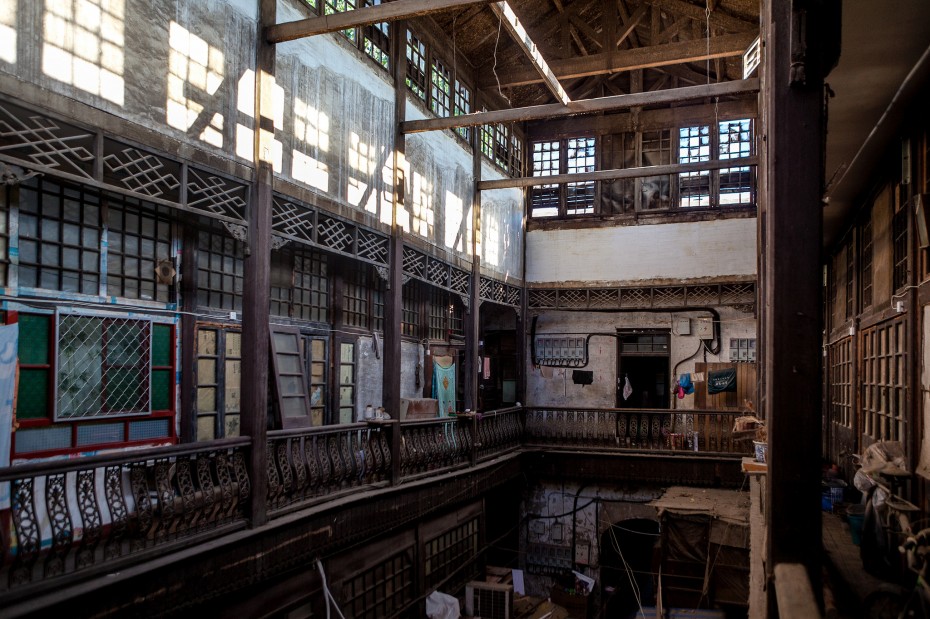
Today, the old stock exchange at “196 Qianmen West Riverside” (中原证券交易所) is a shadow of its former self, and behind the intricate iron railings, the old offices where the first Chinese stocks were once traded have been converted into makeshift homes in an overpopulated city that struggles to house more than 19 million of its residents.
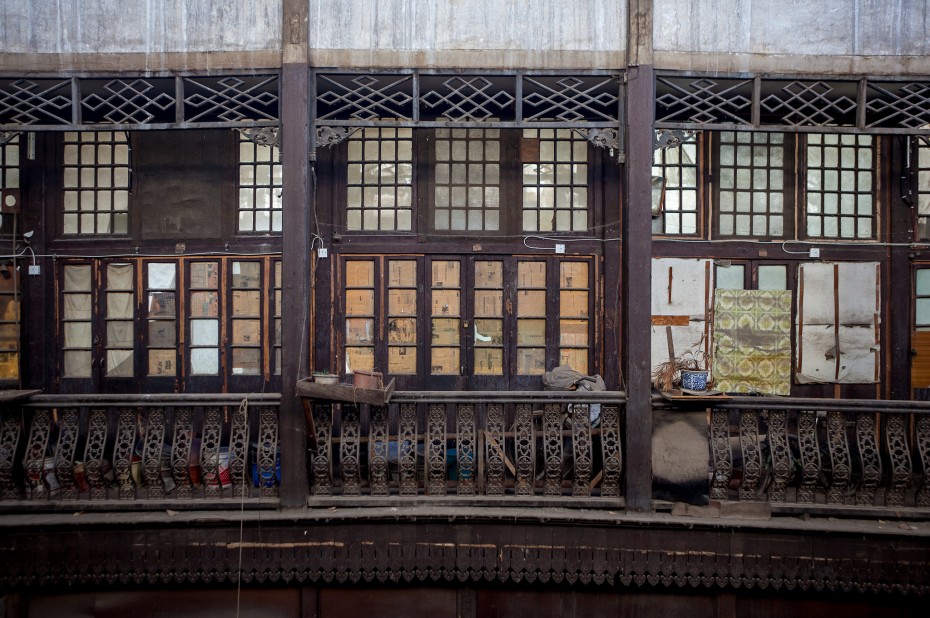
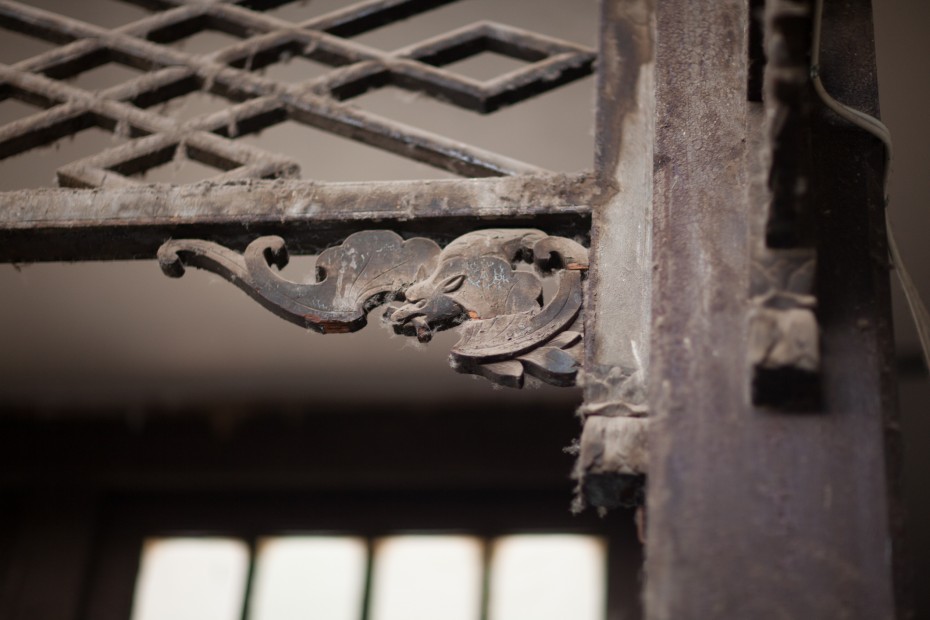
Meanwhile, the old neighbourhood of Qianmen where the ghost of the stock exchange can be found at end of an alleyway, has been slowly disappearing as government officials and developers began rebuilding the district into a pedestrian mall of faux-1920s shops in time for the 2008 Olympics, destroying historic buildings along with the community’s spirit.
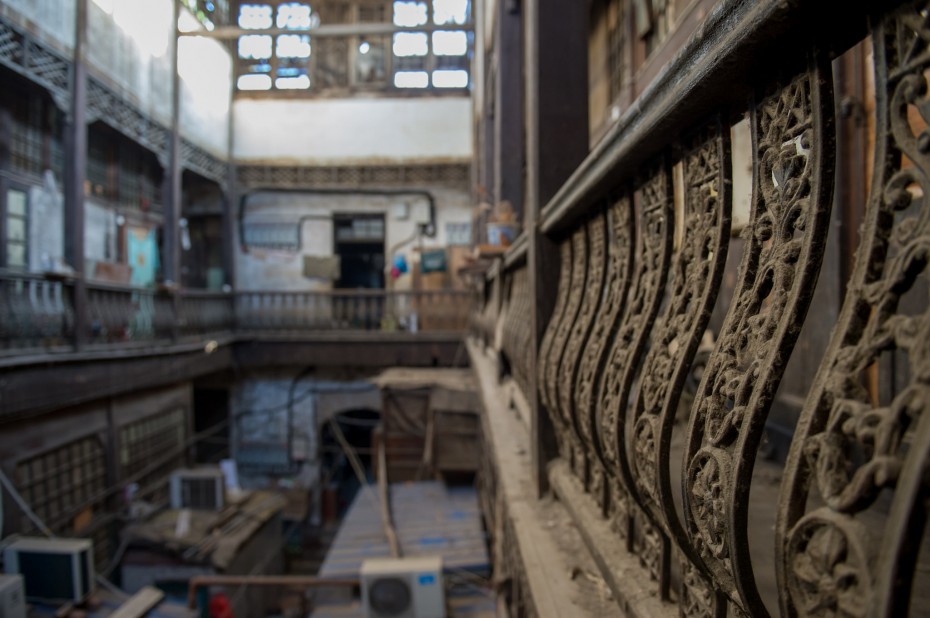
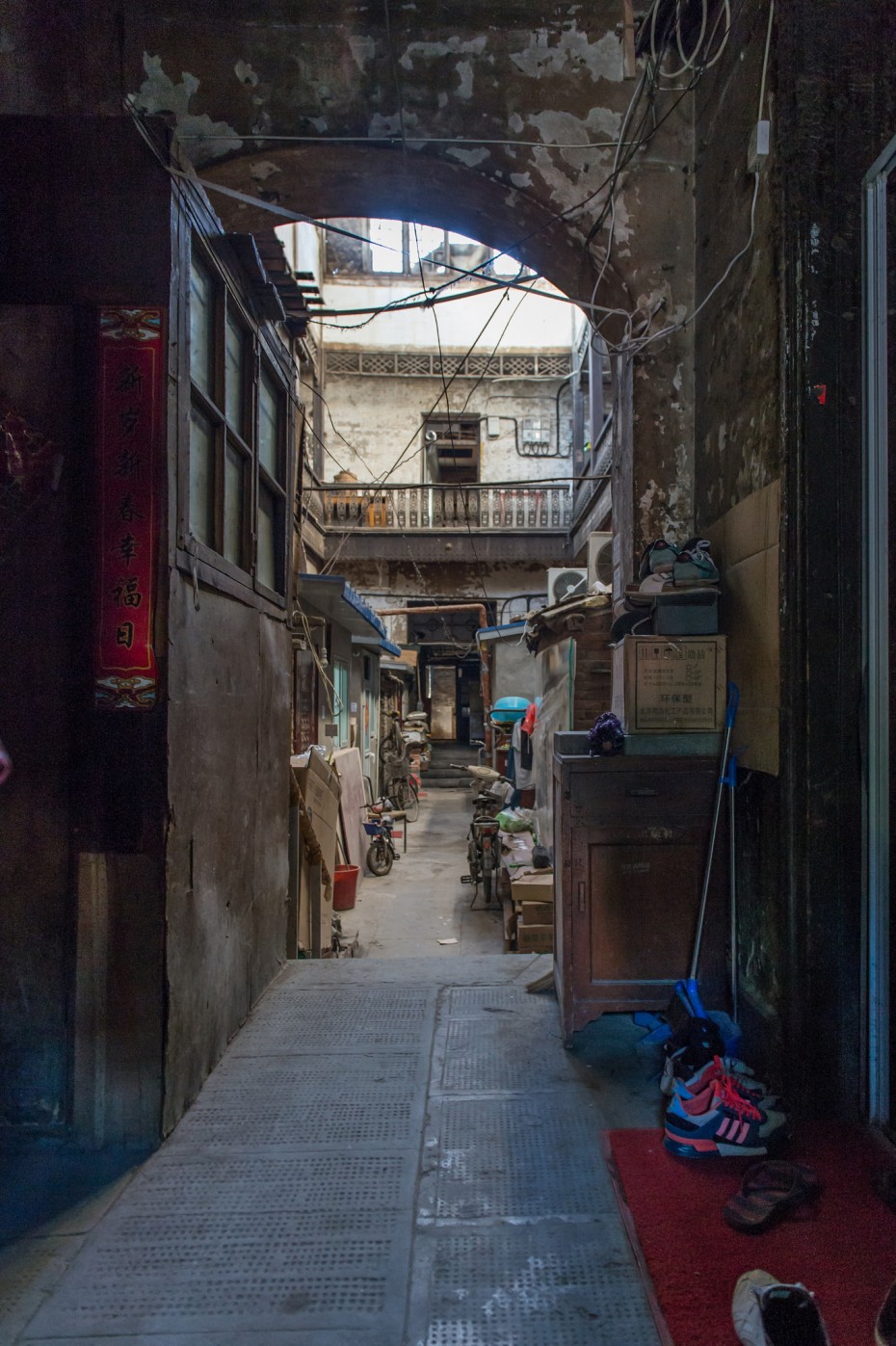
Although the stock exchange and the labyrinth of alleys and lanes in Beijing’s old quarters seem to have escaped redevelopment for now, many officials reportedly don’t believe in preserving old Beijing and despite resistance from local activists, the days of this historic building many soon be numbered…
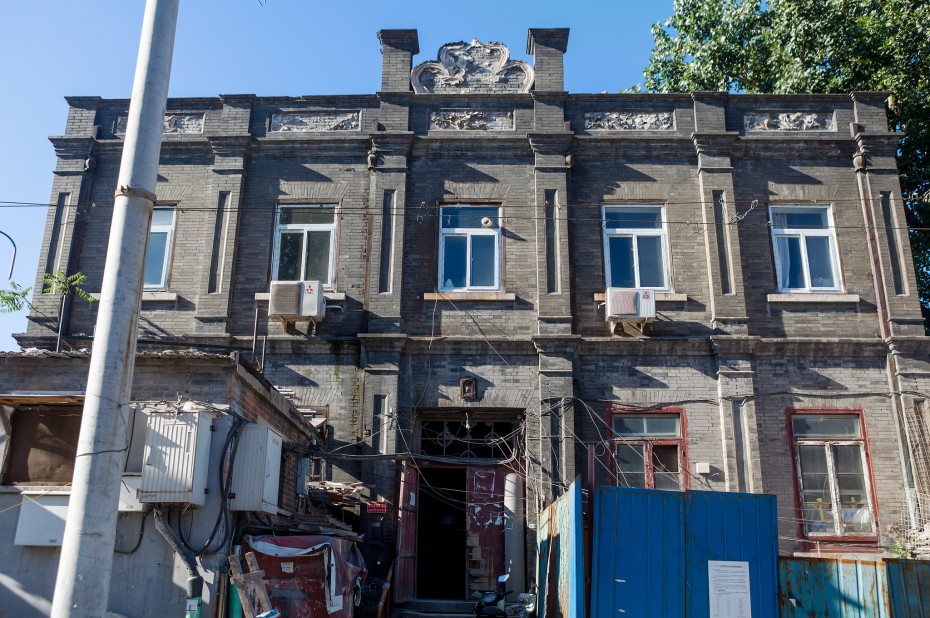
And just for comparison’s sake, here’s a reminder of what China’s current stock exchanges in Shanghai and Shenzhen look like today…
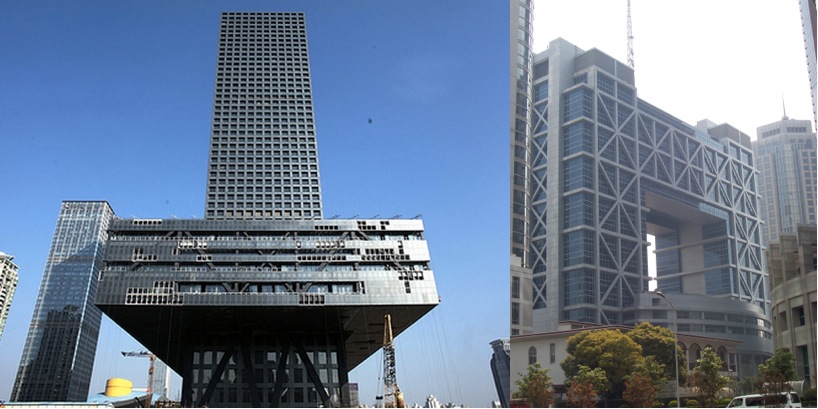
Find more images of the old stock exchange I found on these two Chinese websites, here and here.
Featured photographs by Jens Schott Knudsen, website and twitter here.




